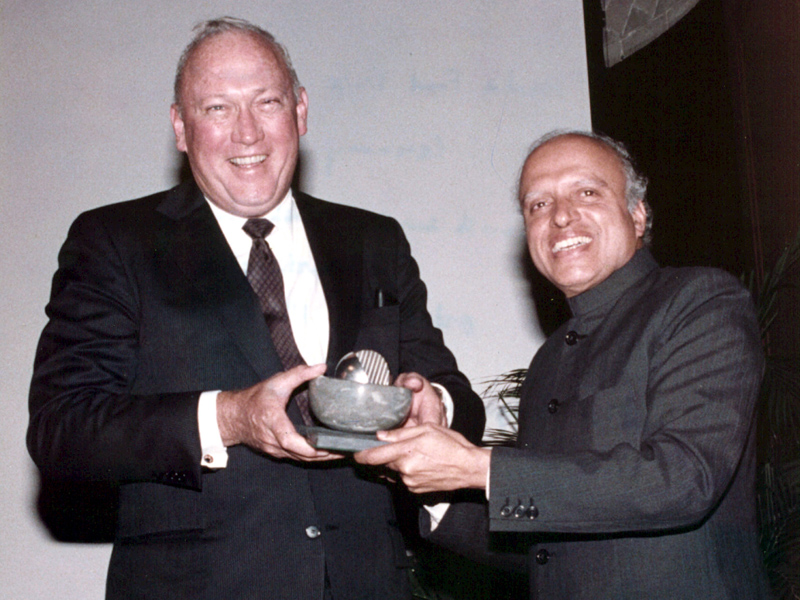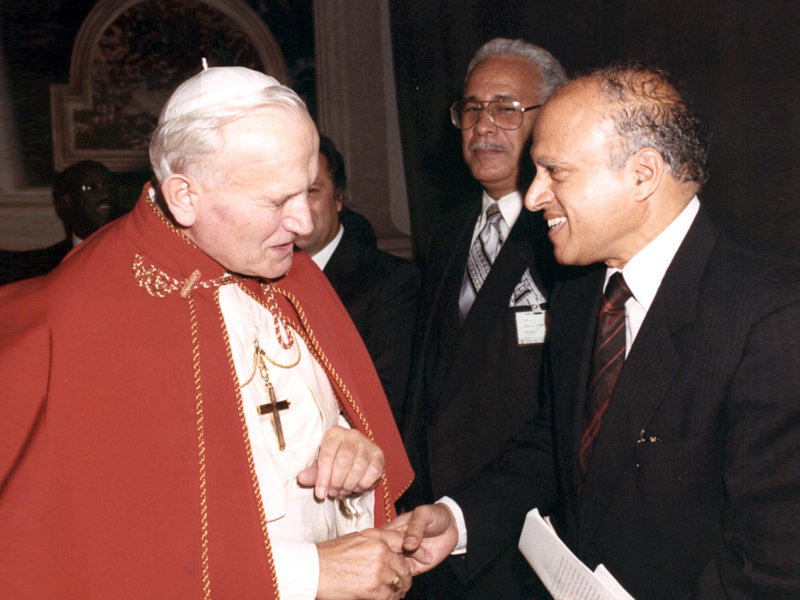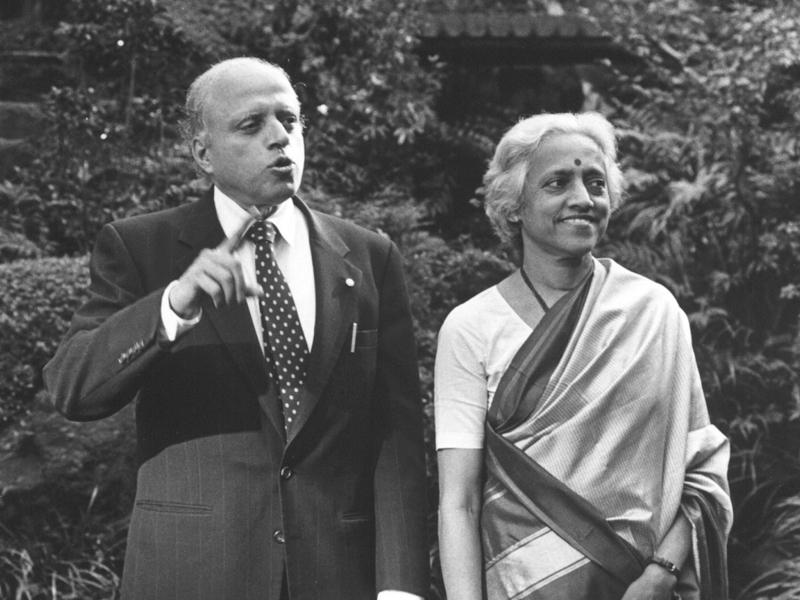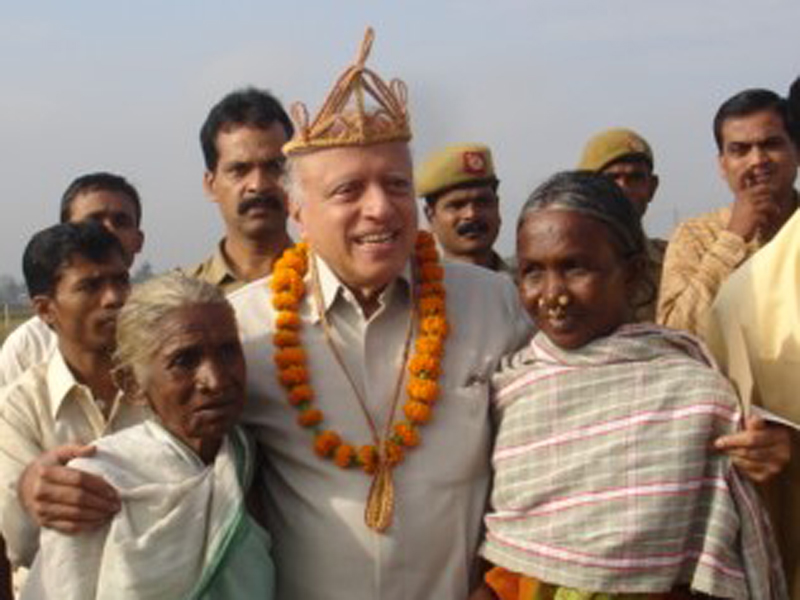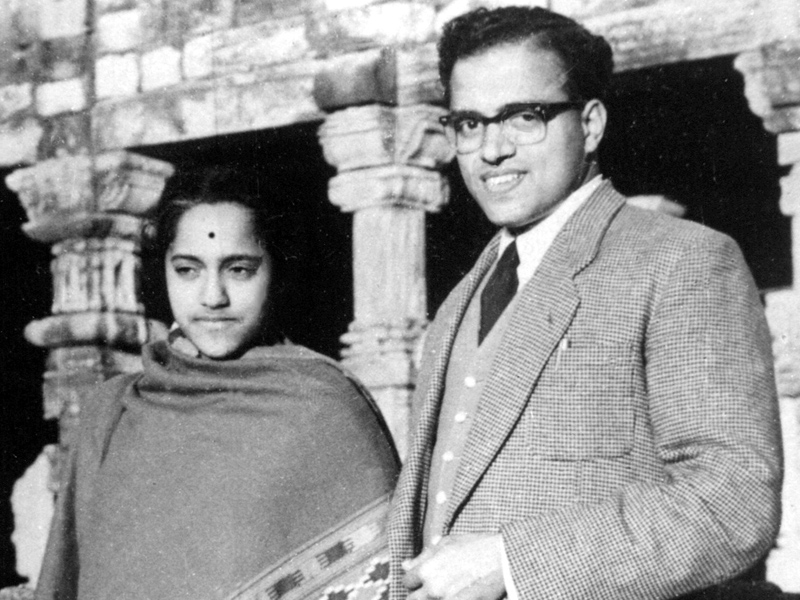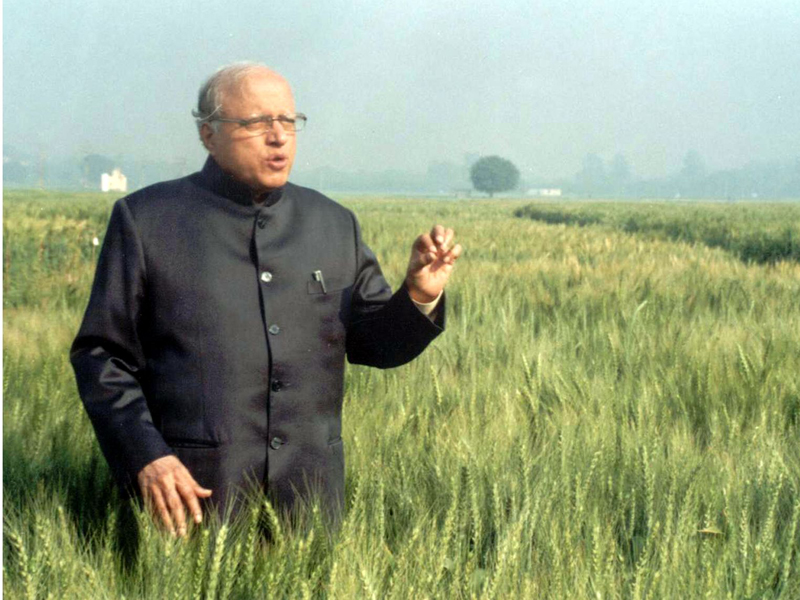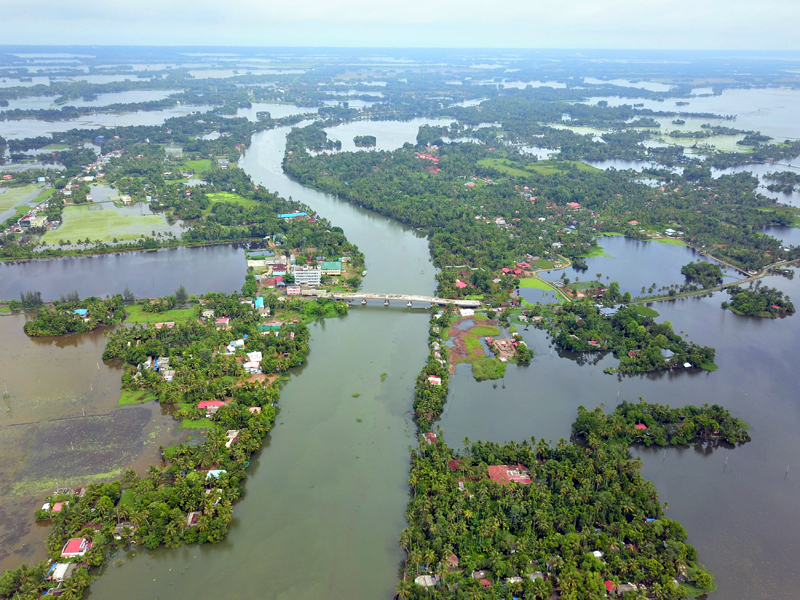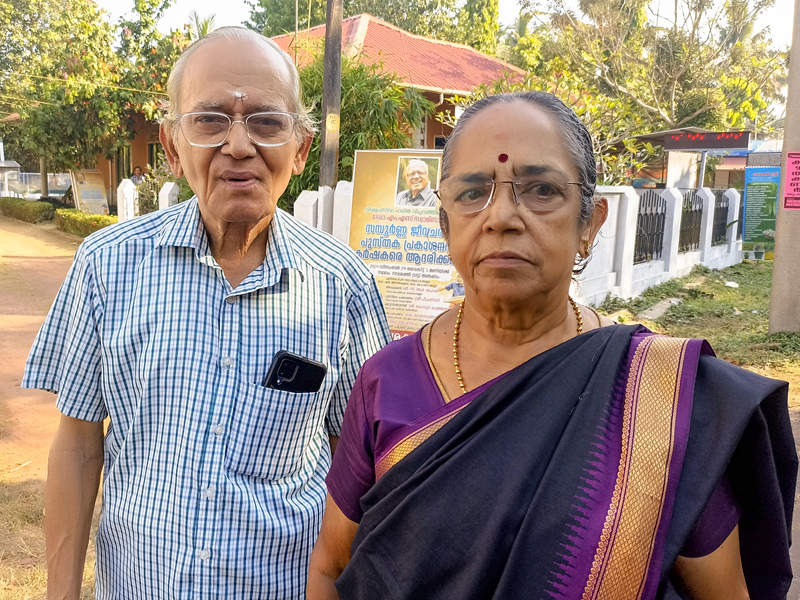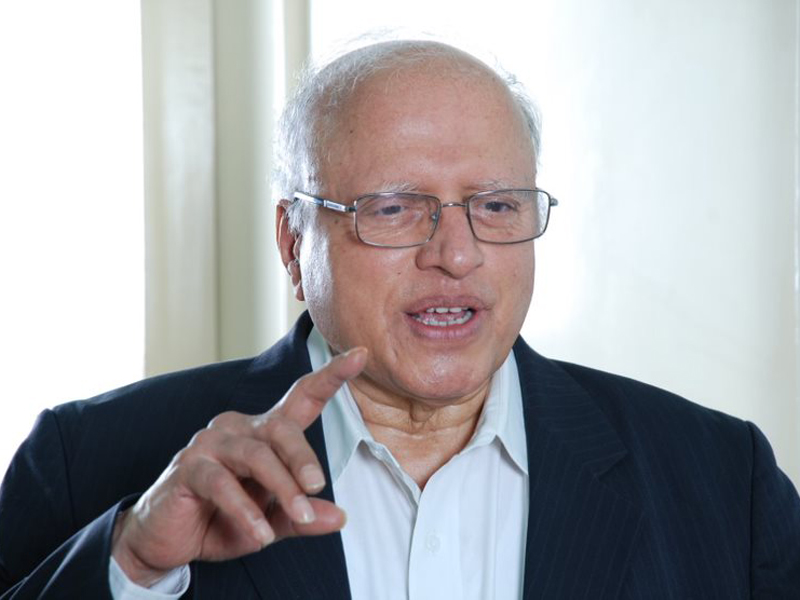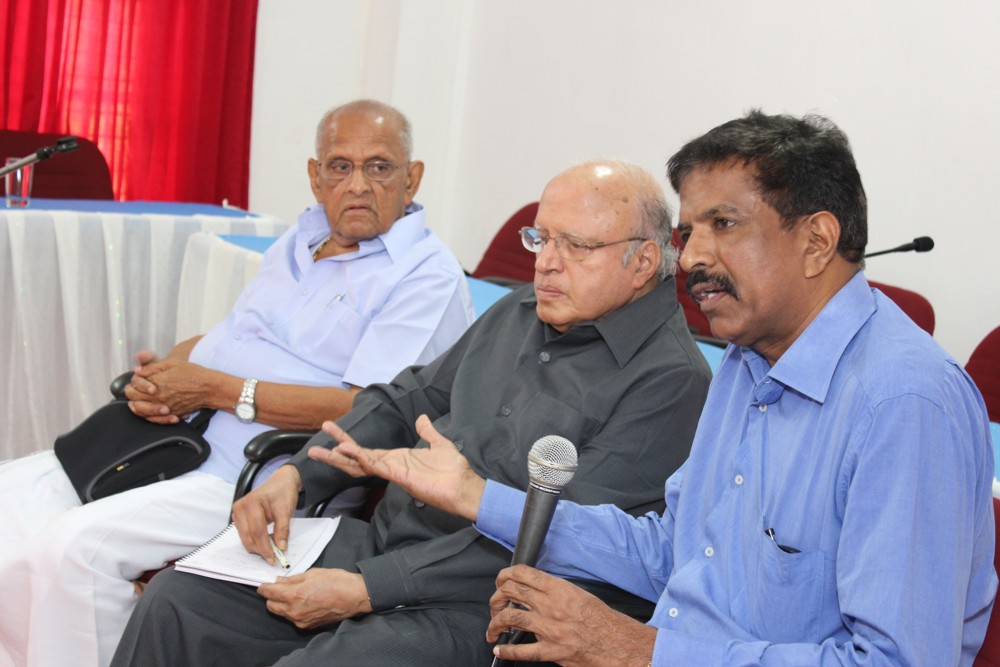The Green Revolution was possible only because the problems coming in the way of high yields were identified and suitable solutions found. This updated biography of Prof. M. S. Swaminathan, F.R.S., compiled & edited by Drs. R. D. Iyer, N. Anil Kumar & Rohini Iyer, provides instances of the need for Science and Strategies for an Evergreen Revolution, encompassing all aspects of sustainable food and agricultural production.
This Second Edition of Updated Biography, narrated in 13 chapters, 8 appendices and 57 pictures profiles Prof. M.S. Swaminathan’s multi-faceted personality and covers a wide range of subjects, namely, his family background, his excellence as an agricultural scientist, his dignified functioning in public space, his professionalism, philosophy and work ethics, nationalism, advocacy for a technology-policy interface, leadership at times of crisis, as well as his statesmanship in the area of sustainable agriculture and rural development.

Know this updated Biography Chapter by Chapter
Introductory Chapter
“Dr Swaminathan had a wide canvas of ongoing research programmes in both fundamental and applied Genetics, Cytogenetics, Radiation Genetics, mutation breeding and Cytology, on a variety of field-crops, and his method of teaching was, ‘learning by doing till you succeed’. His watchwords for a successful researcher were relevance and excellence.”
Dr R D Iyer narrates how Dr Swaminathan as a teacher made IARI classrooms a Centre of relevance and excellence in Indian Agriculture Research.
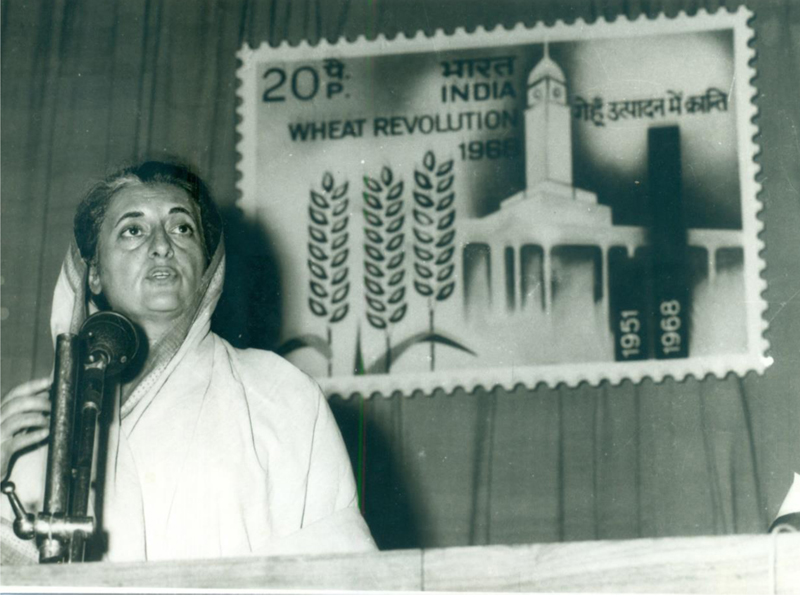
Chapter 1
M. S. Swaminathan’s life and career:
A brief sketch
‘I replied, “I sincerely feel that one must leave when one is most wanted, and this is why I feel that this is the right time to help you and our country in a different capacity.”
‘The Prime Minister paused for a while, and remarked,
“Yes indeed. You must leave when you are wanted, and not when people want you to leave. These are profound words, and you have my blessings.”
This chapter touches briefly and succinctly on how Prof. Swaminathan’s life and career unfolded and steered the Indian Agriculture Revolution.
Chapter 2
Cytogenetics and the Evolution of Potato and allied Species
His classic papers on, ‘Induced Polyploids in Non-tuberous Solanums and their Crossability with Potato’, published in 1951 and 1954, and his exhaustive review on ‘The Cytology and Genetics of the Potato (Solanum tuberosum L.) and related Species’, published in collaboration with Dr H.W. Howard in 1953, is still quoted as classic papers in potato genetics by researchers.
This chapter describes Swaminathan’s early career research in India and abroad with many anecdotal references about his then vision on India’s Potato research and development and interest in the integration of Mendelian and molecular breeding.
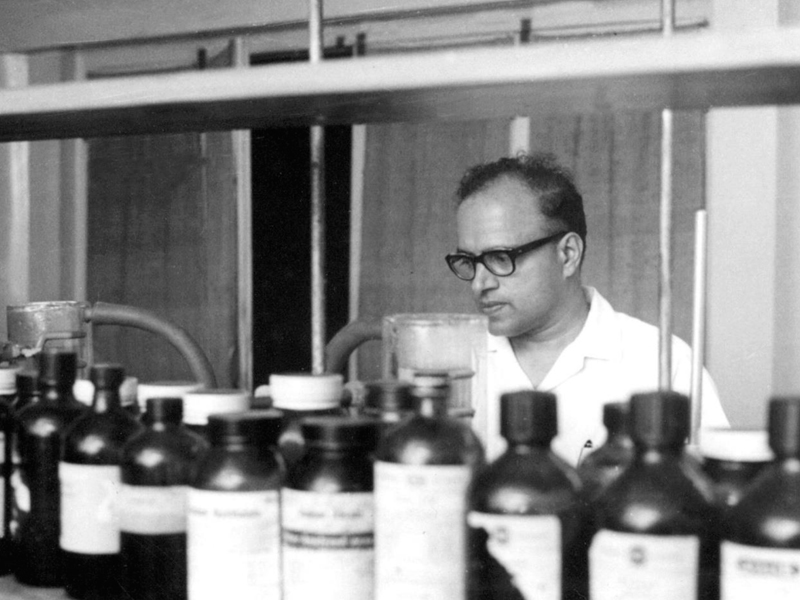
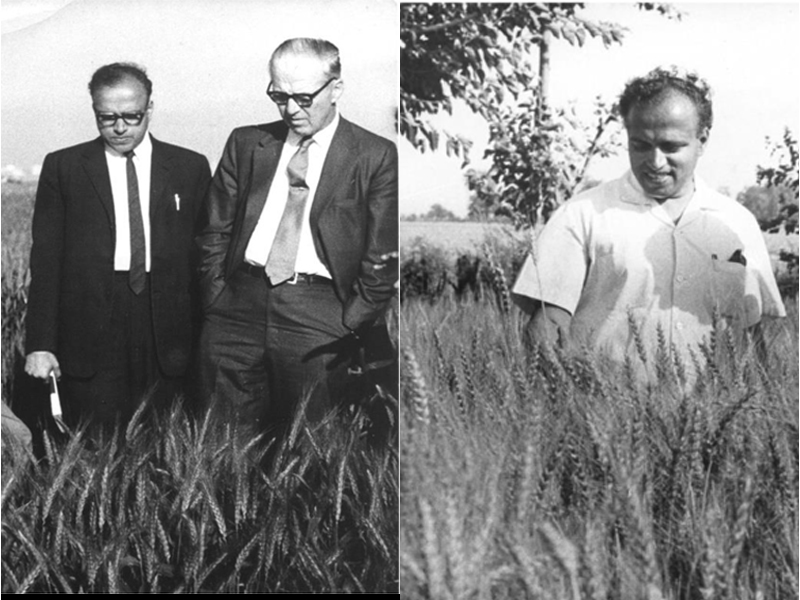
Chapter 3
The Indian Wheat Revolution
Following this exchange between the two men, Dr Borlaug visited India in March 1963, at the invitation of the Minister for Food and Agriculture Sri C. Subramaniam. He travelled extensively with Dr Swaminathan in the wheat-growing tracts of north India. Relying on his experience and observations of the performance of his wheat breed-lines in Pakistan (where he had sent material two years earlier) Borlaug sent a consignment of a wide range of seed materials of his two Mexican dwarf wheat varieties, Sonora-64 and Lerma Rojo, to IARI in September 1963. The first experimental planting of these seeds was done in a two-hectare IARI plot that was cleared of sugarcane and prepared for sowing wheat.
This chapter brings a very close picture of how India’s wheat revolution has happened and Swaminathan’s excellence and ethics as a scientist paved the way for it.
Chapter 4
Rice and other Crop Improvement Programmes in India and Abroad
“I am a scientist, and at IRRI, I will have the facilities to continue my research work in plant genetics. Secondly, rice is an important crop for the whole of Asia, not only for our India. I feel that in future it is the rice economy of south and south-east Asia that will largely determine the future of food security because rice can grow under a wide range of conditions. Rice improvement holds the key to ensuring food security and agrarian prosperity in South and Southeast Asia”
This chapter portrays how this profound statement of Swaminathan and later his leadership in Rice research ensured food security and agrarian prosperity in South and Southeast Asia.
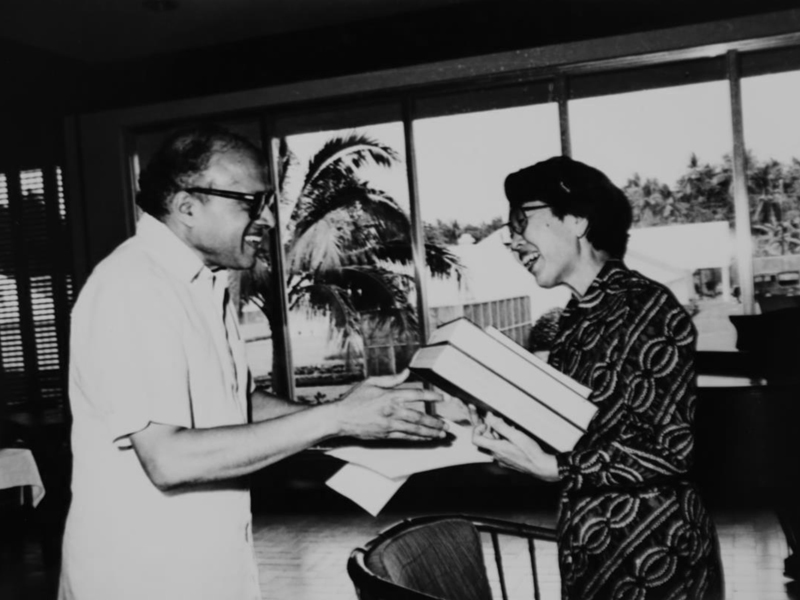
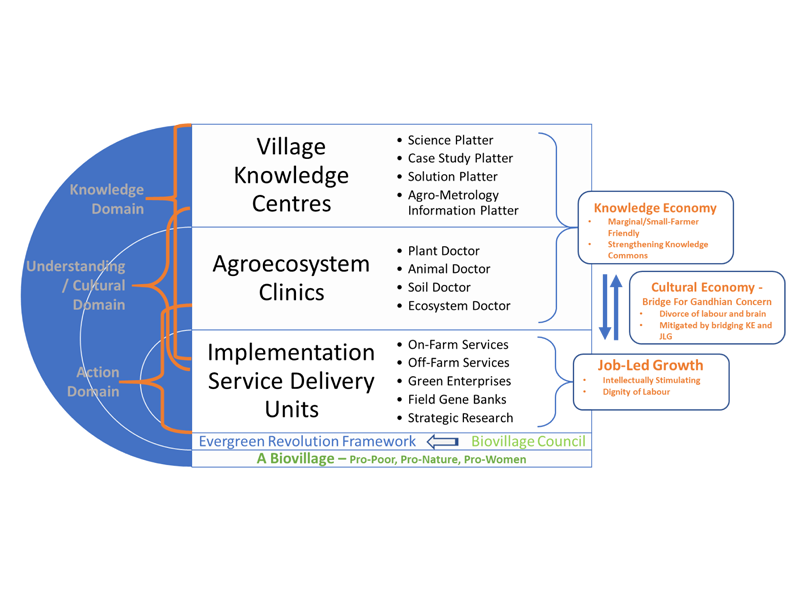
Chapter 5
The Need for an Evergreen Revolution Paradigm
This chapter brings Swaminathan’s heuristic decision-making frameworks and approaches that are presented with the support of an encompassing Evergreen Revolution Paradigm (ERP) to overcome the Green Revolution fatigue. The authors explain how the ‘Package of Principles and Practices’ advocated by Dr. Swaminathan with context-based socio-ecological decision tools and institutional infrastructures, work out in the development actions of food systems.
Chapter 6
Dr. Swaminathan, the Conservationist Par Excellence
This Chapter illustrates how Swaminathan as an agricultural scientist has had a deep interest in ecology and the environment of the earth from the earliest stages of his career. Outlined in detail how his extensive contributions in the conservation of mangrove ecosystem, biodiversity of the agricultural system, genetic conservation and Keystone Dialogues facilitated public policies globally for sustainable management of plant genetic resources.
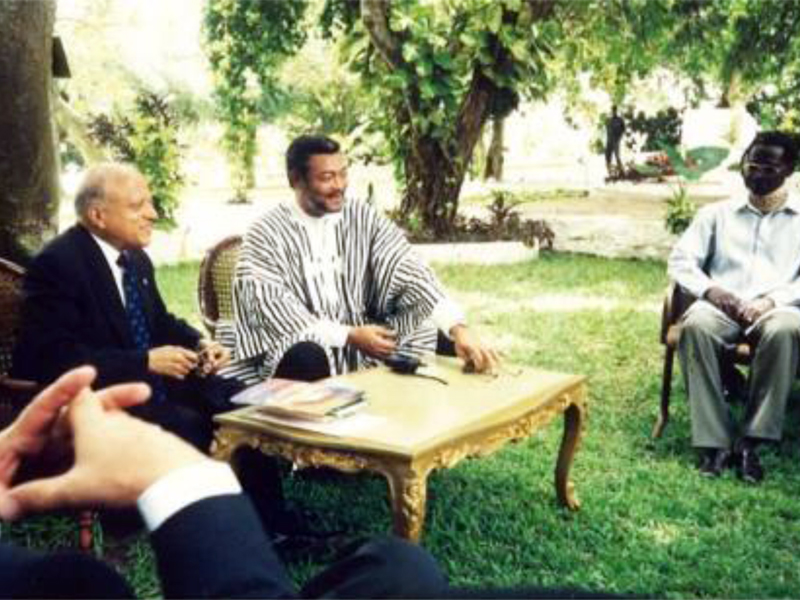
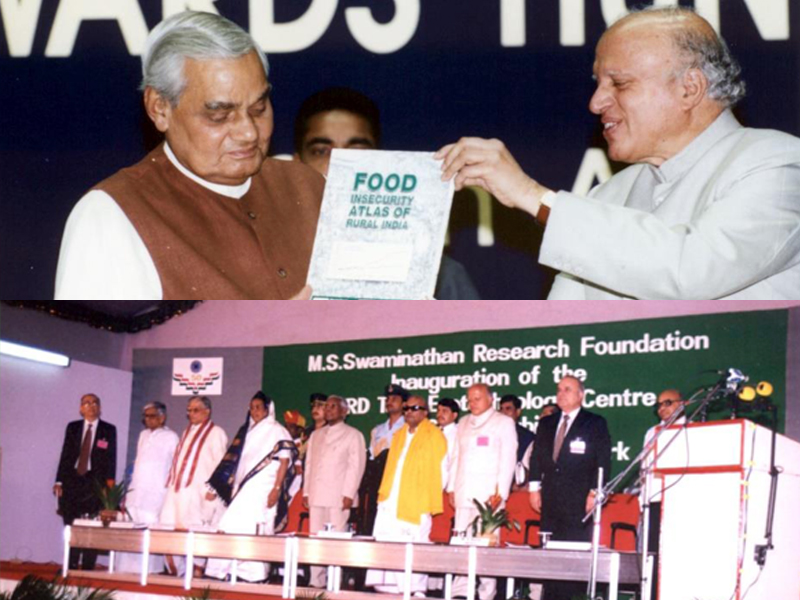
Chapter 7
Contribution to Environmental Protection in India
This chapter throws light on how based on the recommendations of a committee, chaired initially by Dr Swaminathan and later by Sri N.D. Tewari, a new Ministry of Environment and Forests was set up in India in 1981 and subsequently set up of departments for the environment by all the state governments. The authors explain how Swaminathan’s role helped in the fruition biodiversity conservation and environmental protection such as Biosphere Reserves, National Parks, and Wildlife Sanctuaries in India.
Chapter 8
Powerful Institution Builder
How Dr. Swaminathan helped to build as a profound Institution builder several national and international level institutions that have positively touched the lives of hundreds of thousands of people are described in this Chapter. His contributions in revitalizing the Indian Science Congress, the key role in science-planning nationally and globally, in particular for agriculture knowledge development in Asia and Africa are highlighted.
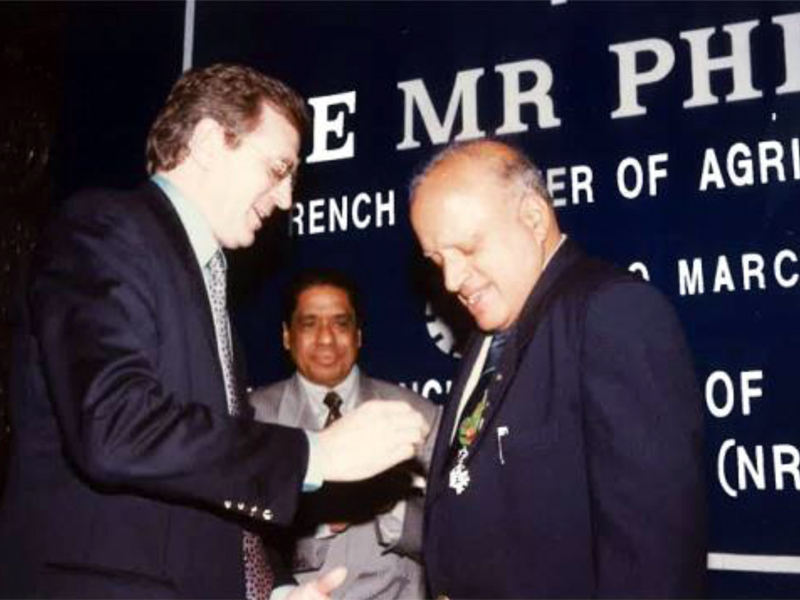
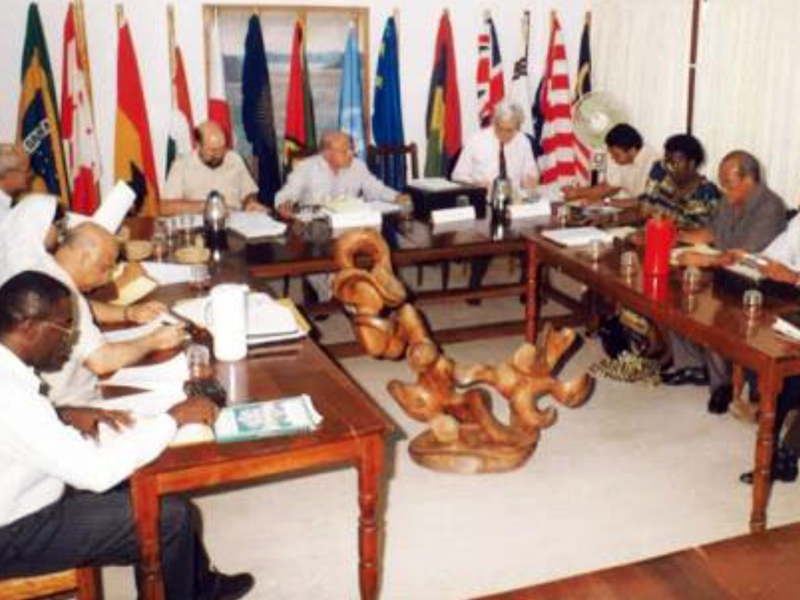
Chapter 9
An outline of M. S. Swaminathan’s career: Seventy years of dedication to plant genetic resources and humanity
A chronological account of Swaminathan’s 70 years of an illustrious career which started in 1949 as a young PhD scholar is given in this chapter.
Chapter 10
Bridging the gap between scientific and field level know-how: M.S. Swaminathan Research Foundation
This Chapter explains the birth and growth of the M.S. Swaminathan Research Foundation (MSSRF) as an autonomous, non-profit trust. How Swaminathan’s vision of a scientific and training institution that ‘without walls’—one which relies on partnerships for its vitality and effectiveness proved its value and spirit in carving out a unique niche at the interface of research and development.
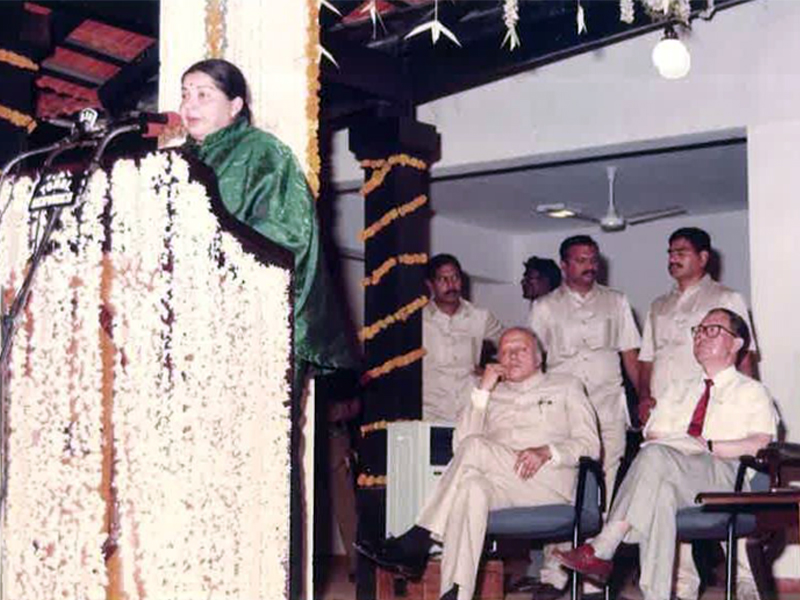
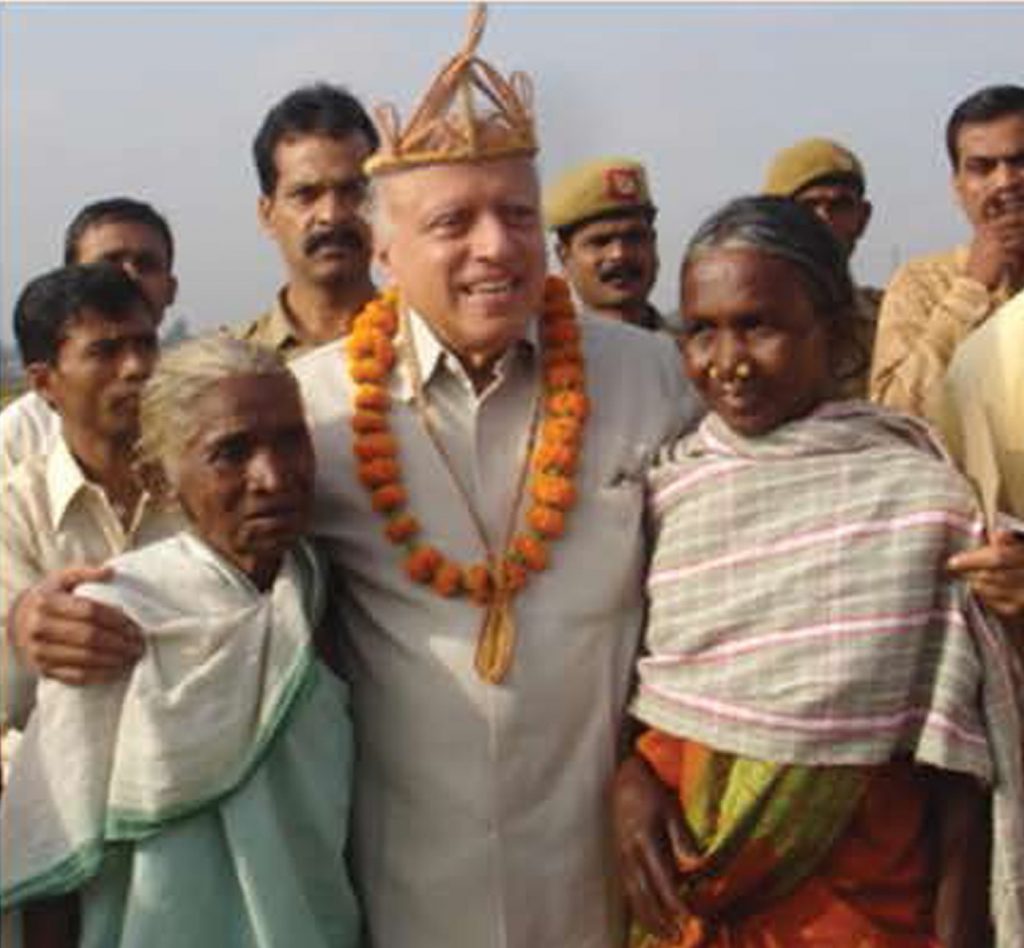
Chapter 11
The Antyodaya Approach: Reaching the Unreached
Why Hungarian writer, Erdelyi Andreas, has called Swaminathan ‘a modern Gandhi’. This Chapter answers this question with a detailed account of Swaminathan’s antyodaya approach that helped India to bridge the digital, genetic, technological, nutritional, gender divides to a great extent and solve the tremendous problems of food and income security.
Chapter 12
The Navasakti Trust
The impact story of Navasakti Trust, an NGO, founded with the inspiration of Dr Swaminathan by the husband and wife team of R.D and Rohini Iyer, as a post-retirement venture has been elucidated.
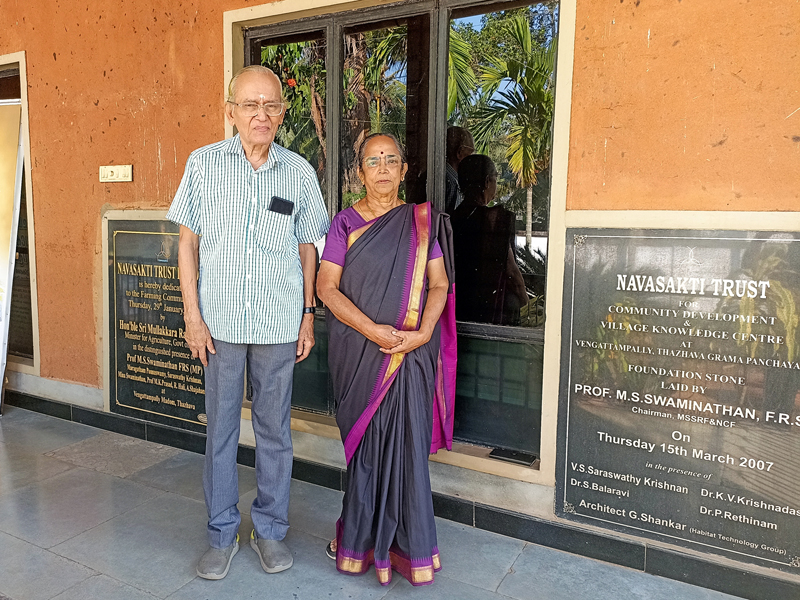

Chapter 13
The effort, Failure, Struggle and Success: Reminiscences of students and colleagues
The Chapter brings reflections of some of his closely associated students and colleagues on how Swaminathan influenced their research career and shaped their contributions to Agriculture Science and development.
Pictures
Dr Swaminathan’s life and career are portrayed with some 57 photographs including some rare pictures.
Appendices
Running in 97 pages there is a detailed listing of:
Published by:
M.S. Swaminathan Research Foundation, Chennai, with the support of the Association of Food Scientists & Technologists(India),CSIR-CFTRI Campus, Mysuru-570 020, Karnataka
&
Navasakti Trust, N.G.O. for Sustainable Development,
Thazhava-690 523, Kollam Dt, Kerala State.
Price: ₹1000/- (up to 25% discount to High School, College & University Students)
For copies write to :
Executive Director, M. S. Swaminathan Research Foundation, 3rd Cross Road, Taramani Institutional Area, Chennai-600 113,
Or
Managing Trustee,
Navasakti Trust,
Thazhava -690 523,
Kollam District,
Kerala State,
Or call 044-22541229, 22541698 (MSSRF).
E-mail: anil@mssrf.res.in; navasakti@gmail.com;
Phone: 0476-2864048; 9746788142 (Rohini).
Buy the kindle copy, or the paperback copy of the book on amazon

